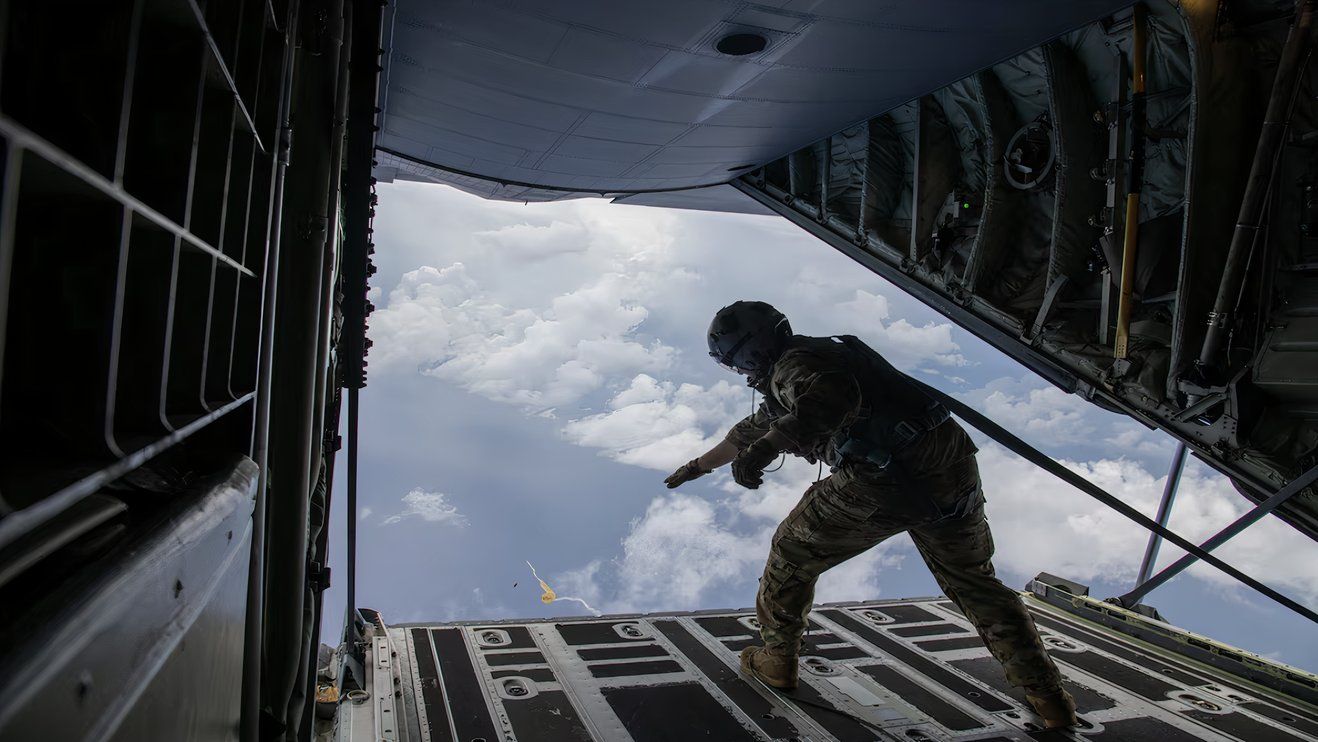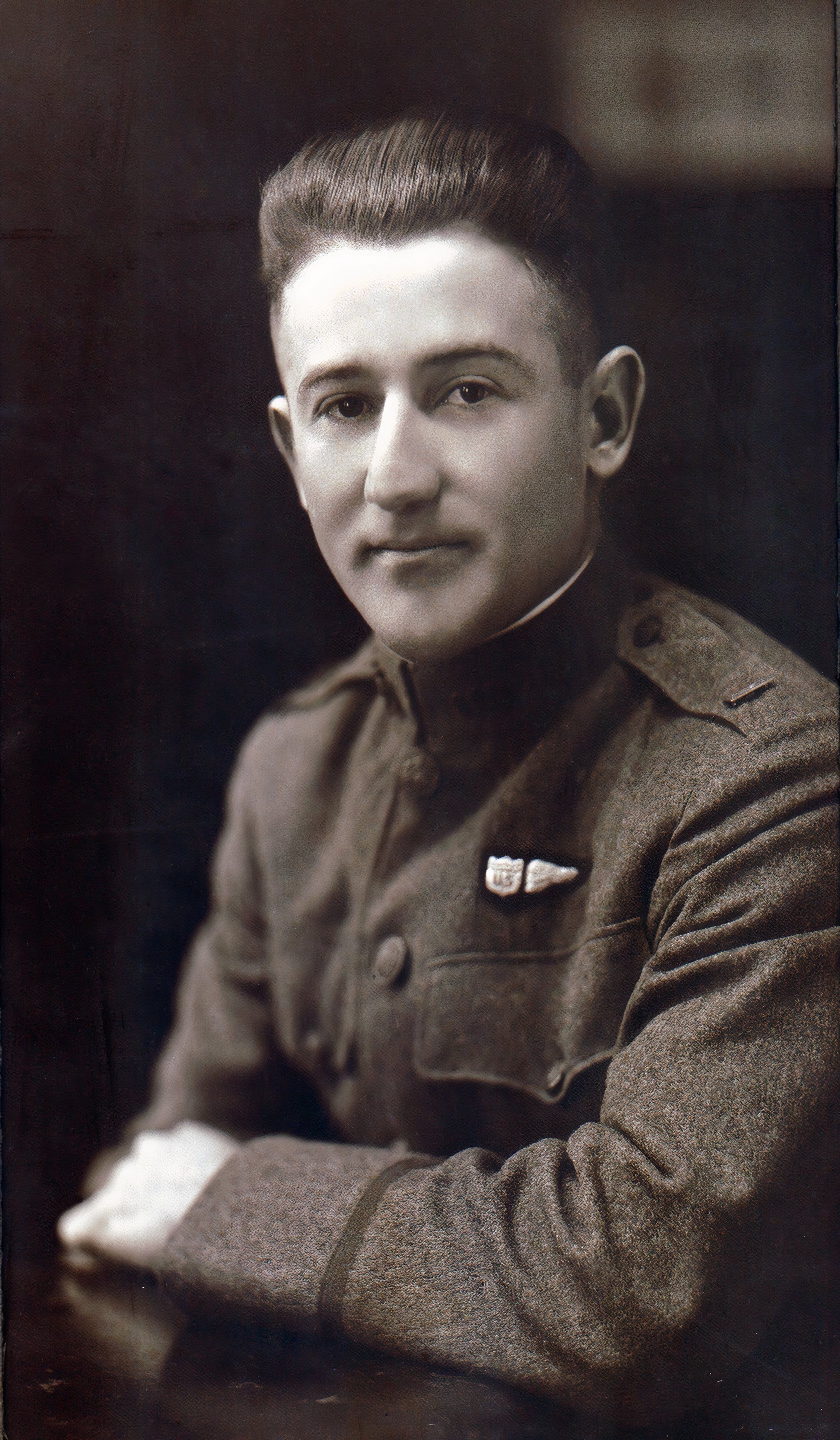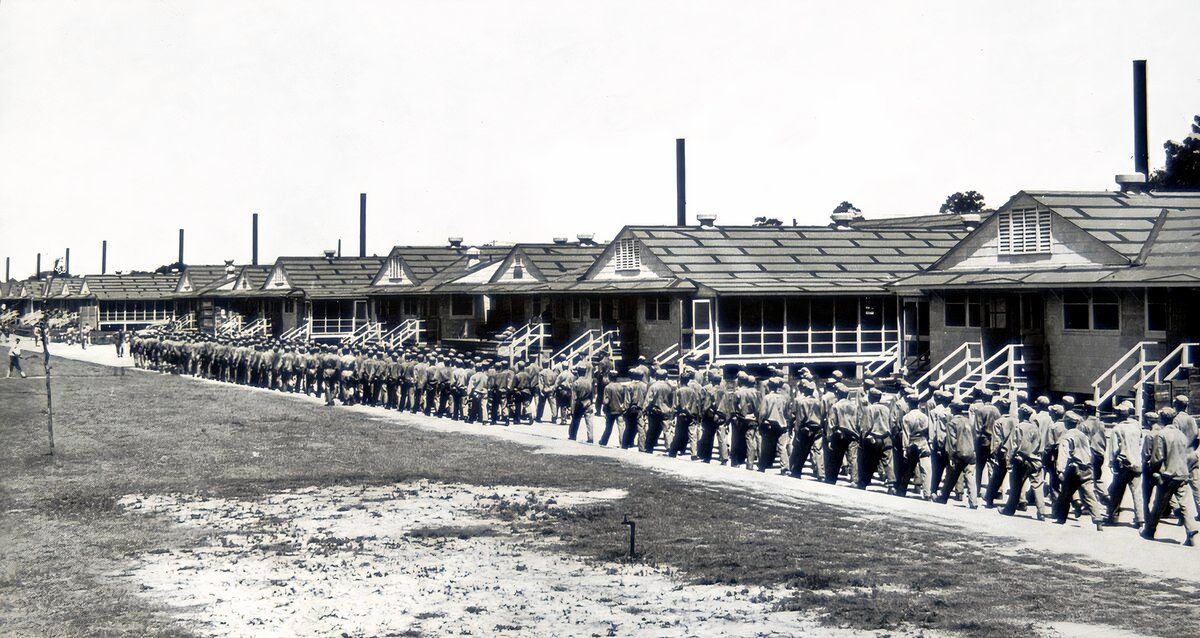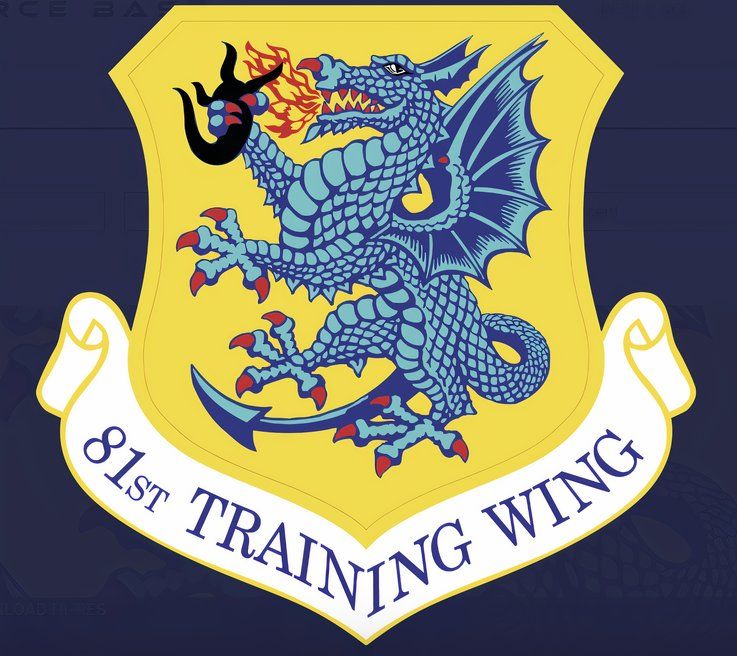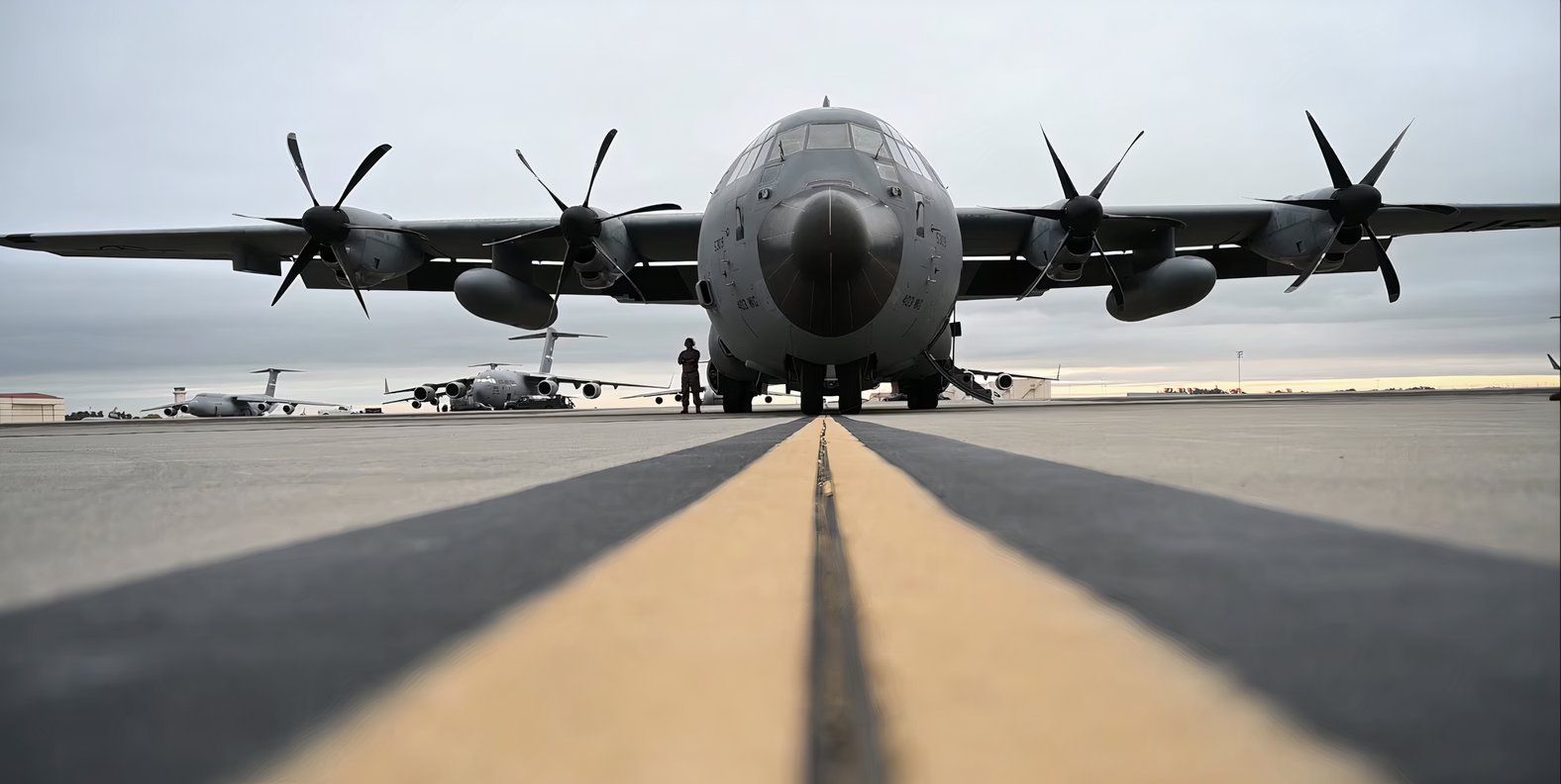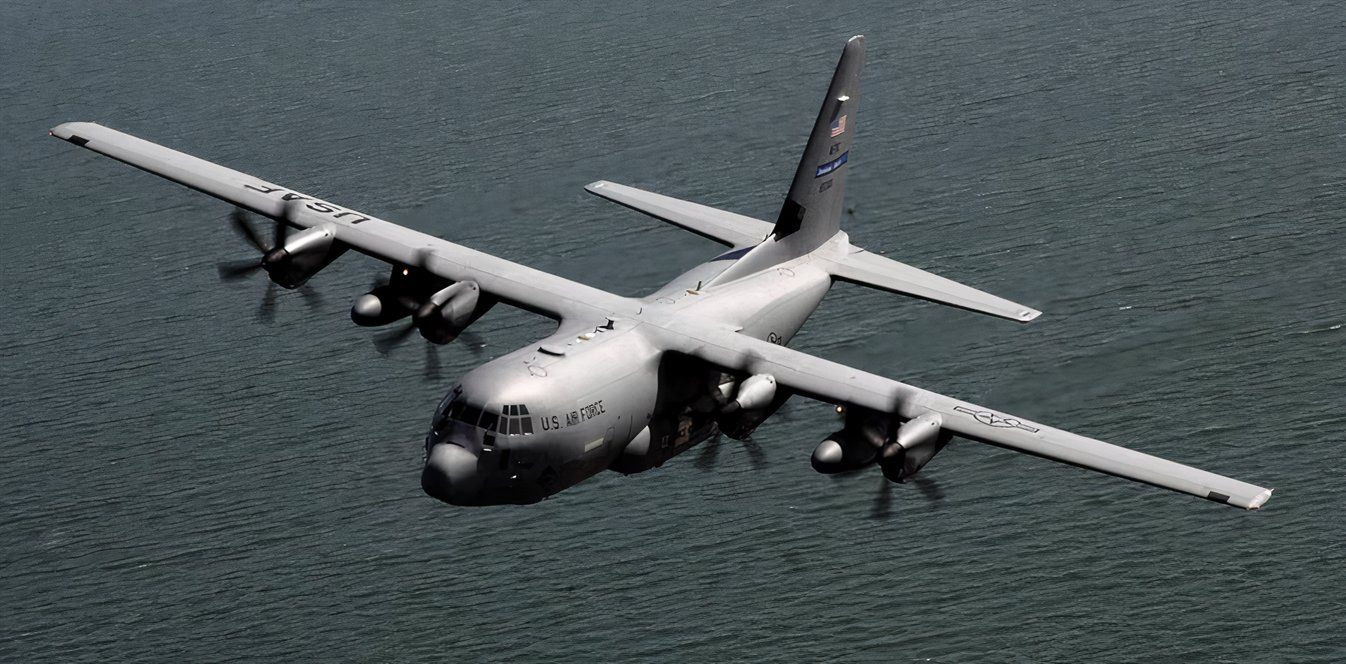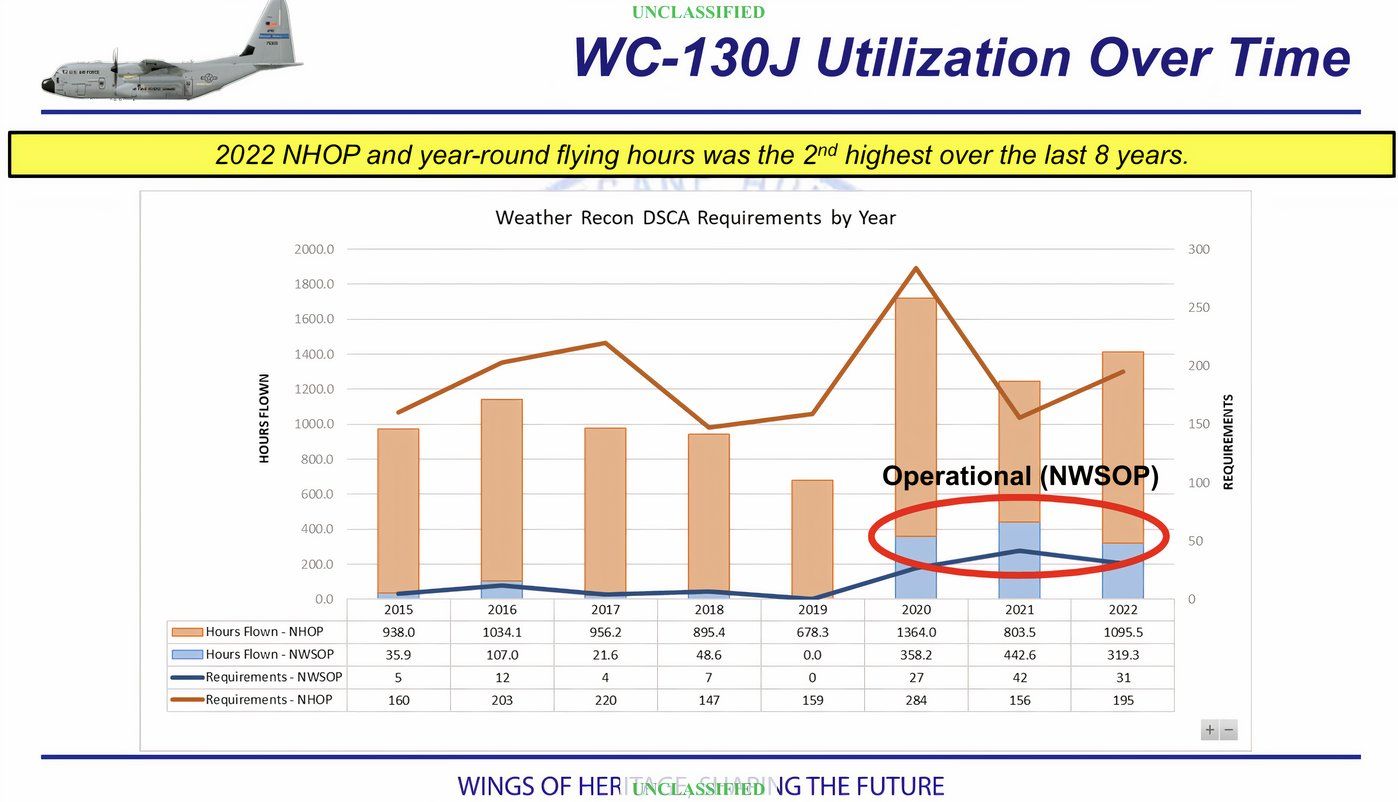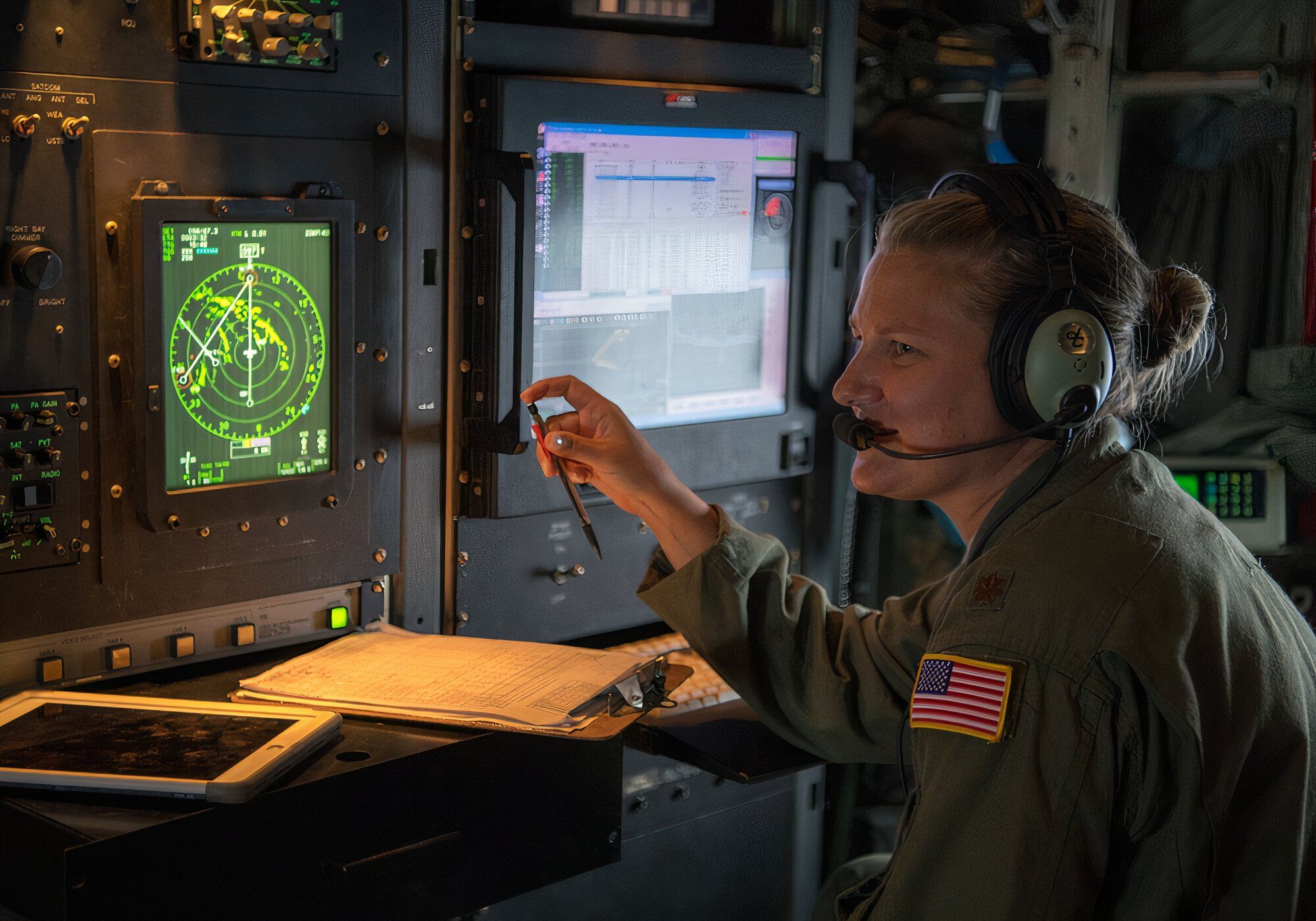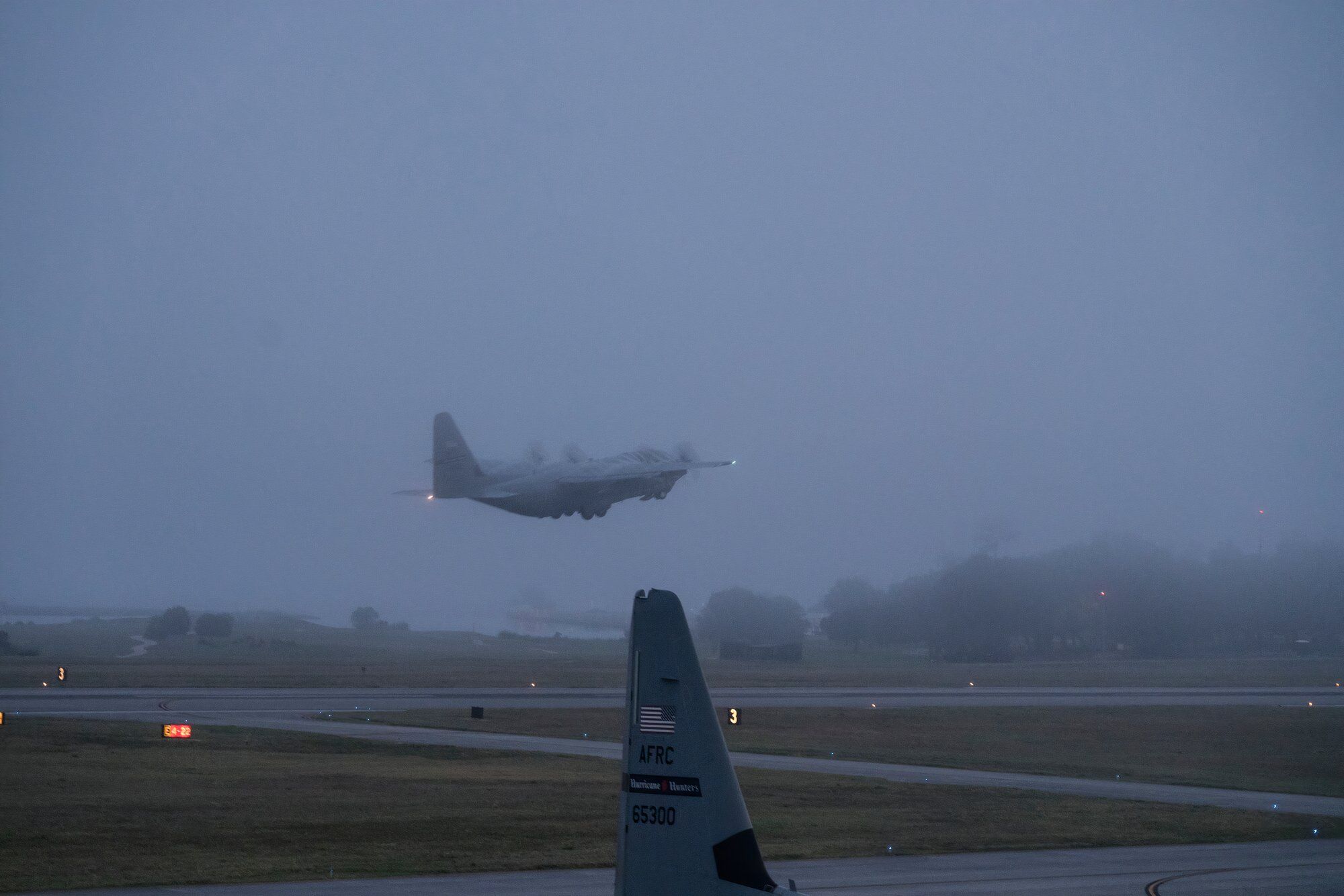Keesler Air Force Base has provided valuable training for United States Air Force
personnel since just before America entered World War II. This is also the home base of the 53rd Weather Reconnaissance Squadron, known as the “Hurricane Hunters”. Both Keesler AFB and the Hurricane Hunters provide the United States with exceptional services.
Background and early history of Keesler Air Force Base
Keesler Air Force Base (AFB) is located in Biloxi, Mississippi, on the Gulf Coast. It was named after Second Lieutenant Reeves Keesler Jr., who died of wounds suffered during World War I. Prior to his death, Lieutenant Kessler had served as an aerial observer assigned to the 24th Aero Squadron of the US Army Air Service.
Photo: USAF
The technical training offered at the base was focused on the B-24 Liberator.
Keesler AFB was built in June 1941, and by late August of the same year, the base’s four-week basic training began operation. During this training, recruits were given classifications for which follow-on technical training they would be moved to. The technical training offered at the base was focused on the B-24 Liberator, with courses and certifications in general aircraft and engine maintenance. Other newly minted airmen were transferred to gunnery or aviation cadet schools.
Photo: USAF
Additionally, over 7,000 African American airmen were stationed at Keesler AFB by the Fall of 1943. These airmen generally fell into specialties such as pre-aviation cadets, bombardiers, radio operations, aviation technicians, and aviation mechanics.
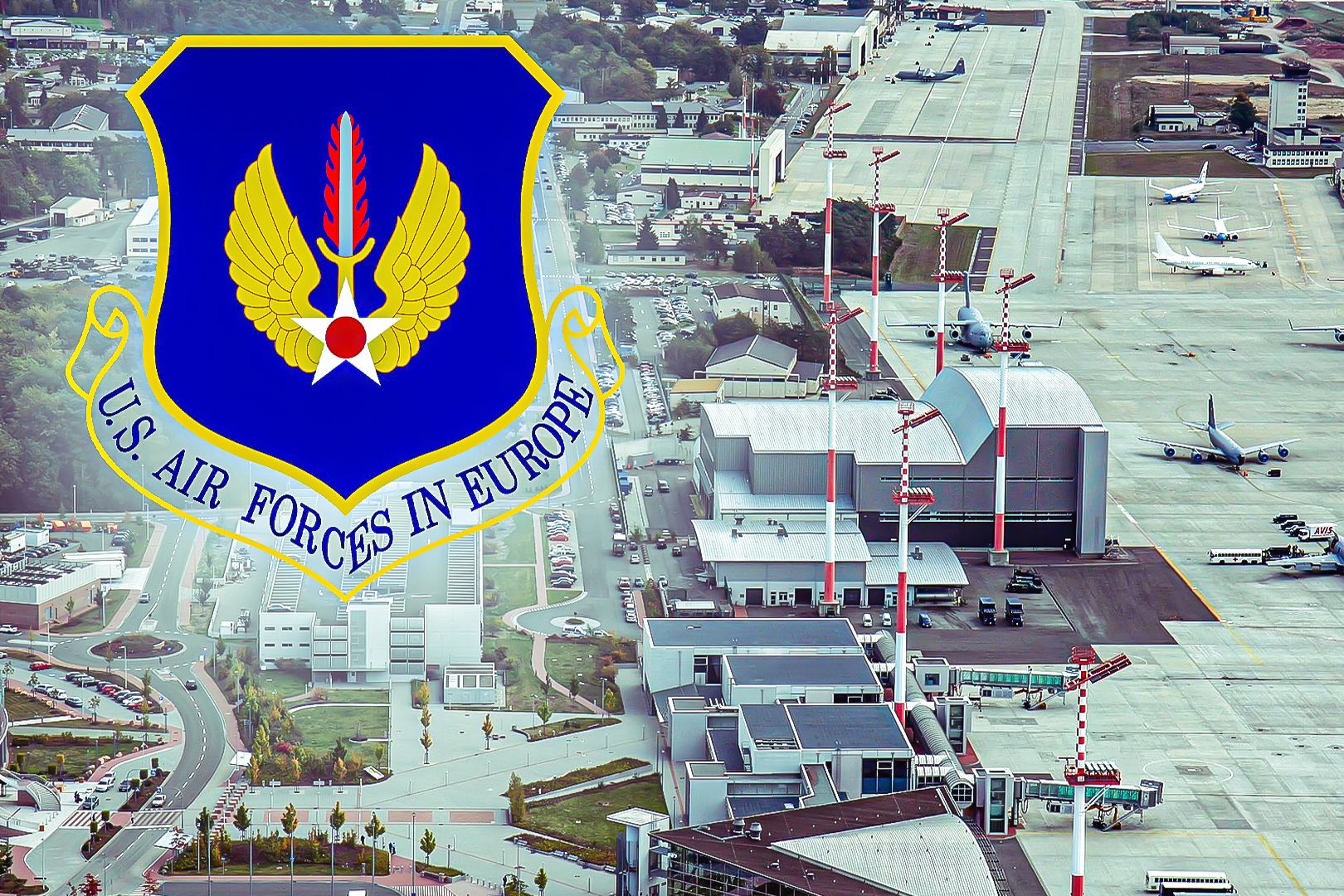
Related
Examined: The 7 US Air Force Bases In Europe
With their strategic locations and advanced capabilities, these bases form the backbone of USAFE-AFAFRICA operations.
Keesler Air Force Base in the 21st century
As it did in the past, Keesler AFB continues to focus on training the Air Force’s personnel. In doing so, Keesler ensures that the Air Force has the trained personnel that it needs to maintain its operational requirements.
As a premier training location, more than 28,000 students are trained annually.
In this crucial role as an educational facility, Keesler AFB is home to the 81st Training Wing, which is the lead Joint Training Installation. In addition to the
Air Force
, the 81st provides train the Army, Navy, Marine Corps, Coast Guard and civilian federal agency personnel.
The advanced training provided at Keesler AFB covers 160 career field specialties. As a premier training location, more than 28,000 students are trained annually, with an average daily student load in excess of 2,700.
Photo: USAF
Some of the training provided at Keesler AFB includes Basic electronics, Communications electronic systems, Air traffic control, Air weapons control, Precision measurement, Information management, Radar operator, Ground Radio operator, and Network control.
Photo: USAF
According to the Department of Defense, 5,100 active-duty Air Force and other military personnel are stationed at Keesler AFB. Additionally, 4,763 family members and 2,700 contractors live and work on or near the air base.
53rd Weather Reconnaissance Squadron: The Hurricane Hunters
In addition to training future airmen, Keesler AFB is also home to the 53rd Weather Reconnaissance Squadron, known as the Hurrican Hunters. This unit’s sole responsibility is to fly weather reconnaissance missions over the Atlantic Ocean, Caribbean Sea, Gulf of Mexico, and Eastern and Central Pacific Ocean areas.
Photo: USAF
Information Table detailing the storm chasing WC-130J: Weather reconnaissance Variant
|
General Specifications |
Data |
|---|---|
|
Prime contractor |
Lockheed-Martin Aeronautics Company |
|
Powerplant |
Four Rolls-Royce AE 2100D3 turboprops |
|
Thrust |
More than 4,700 horsepower each engine |
|
Wingspan |
132 feet, 6 inches (39.7 meters) |
|
Length |
99 feet, 4 inches (30.10 meters) |
|
Height |
38 feet, 6 inches (11.67 meters) |
|
Maximum takeoff weight |
155,000 pounds (69,750 kilograms) |
|
Speed |
417 mph (Mach 0.59; 362 knots per hour) at 22,000 feet |
|
Maximum normal payload |
1,841 miles (1,600 nautical miles) with payload |
|
Ceiling |
28,000 feet (8,615 meters) |
|
Armament |
None |
|
Crew |
Five (pilot, co-pilot, navigator, aerial reconnaissance weather officer and weather reconnaissance loadmaster/dropsonde system operator) |
|
Date deployed |
1964 |
Details provided by the USAF
Photo: USAF
The WC-130 is flown exclusively from Keesler AFB by the 53rd Weather Reconnaissance Squadron, an AFRC organization assigned to the 403rd Wing known as the Hurricane Hunters.
The Hurricane Hunters and their hurricane season operations
The 53rd Weather Reconnaissance Squadron trains and organizes assigned personnel to perform aerial weather reconnaissance. The timeframe for their mission activities spans the duration of the hurricane season, from June 1 to November 30th. During this time, they provide surveillance of tropical disturbances in the Atlantic, Caribbean, and Gulf of Mexico, aiding the National Hurricane Center in Maimi, Florida. They also observe hostile weather patterns for the Central Pacific Hurricane Center in Honolulu, Hawaii.
Photo: USAF
Deploying to a potential hurricane
When a tropical
weather
system is in its early stages, the National Hurricane Center will dispatch the Hurricane Hunters. They will begin observing the possible presence of counterclockwise (cyclonic) rotation and confirm the presence of a “closed system.” This mission portion is flown between 500 and 1000 feet above the ocean’s surface.
Photo: USAF
During this time, the Aerial Reconnaissance Weather Officer monitors a combination of onboard instrumentation and the conditions of the water below to determine the surface wind speed and direction. As soon as it is determined that there is a cyclonic rotation, the mission moves to a “fix mission.” At this point, the crew must find the center of the storm; it is here that some of the most valuable information is found.
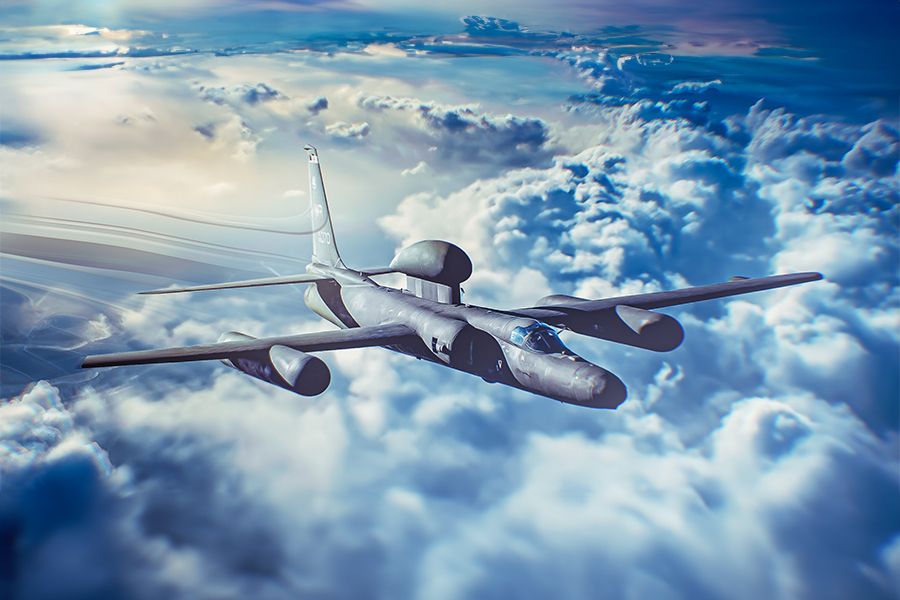
Related
Invisible Weapon: How The Lockheed U-2 Was Designed For High-Altitude Reconnaissance
The aircraft remains in service today.
Wind speeds can rapidly change by more than 100 miles per hour (161 km/h) in just a few seconds.
Into the eye of the storm
This portion of the mission is clearly very hazardous, as the strong updrafts in the hurricane’s eyewall can quickly give way to just as strong downdrafts measuring a few hundred feet. Additionally, wind speeds can rapidly change in excess of 100 miles per hour (161 km/h) in just a few seconds, possibly straining the airframe in the process. As such, this mission portion is typically done at 10,000 feet.
A Hurricane Hunter Flight must fly through the hurricane’s eye every two hours, and they are relieved by a follow-on crew. This grants around-the-clock surveillance of a hurricane.
Photo: USAF
The high value of Keesler Air Force Base and the Hurricane Hunters
Keesler AFB has a rich history. Throughout its existence, it has provided and continues to provide the Air Force with basically trained personnel, who then continue on to fulfill their role within their Military Occupational Specialties. These personnel allow the Air Force to maintain its operational tempo and provide valuable service to the Air Force, joint forces, and the overall national security of the United States.
Photo: USAF
The Hurricane Hunters have to be a special type of person; they have to be brave, confident, and, some may say, even a little crazy. However, they provide valuable real-time information to the National Weather Service (or one of its sister organizations) regarding the real-time development of a storm. This allows critical information about its direction and strength to get to the appropriate agencies to initiate landfall preparations, surely saving many lives.
The United States greatly benefits from the service of both Keesler Air Force Base and the Hurricane Hunters.
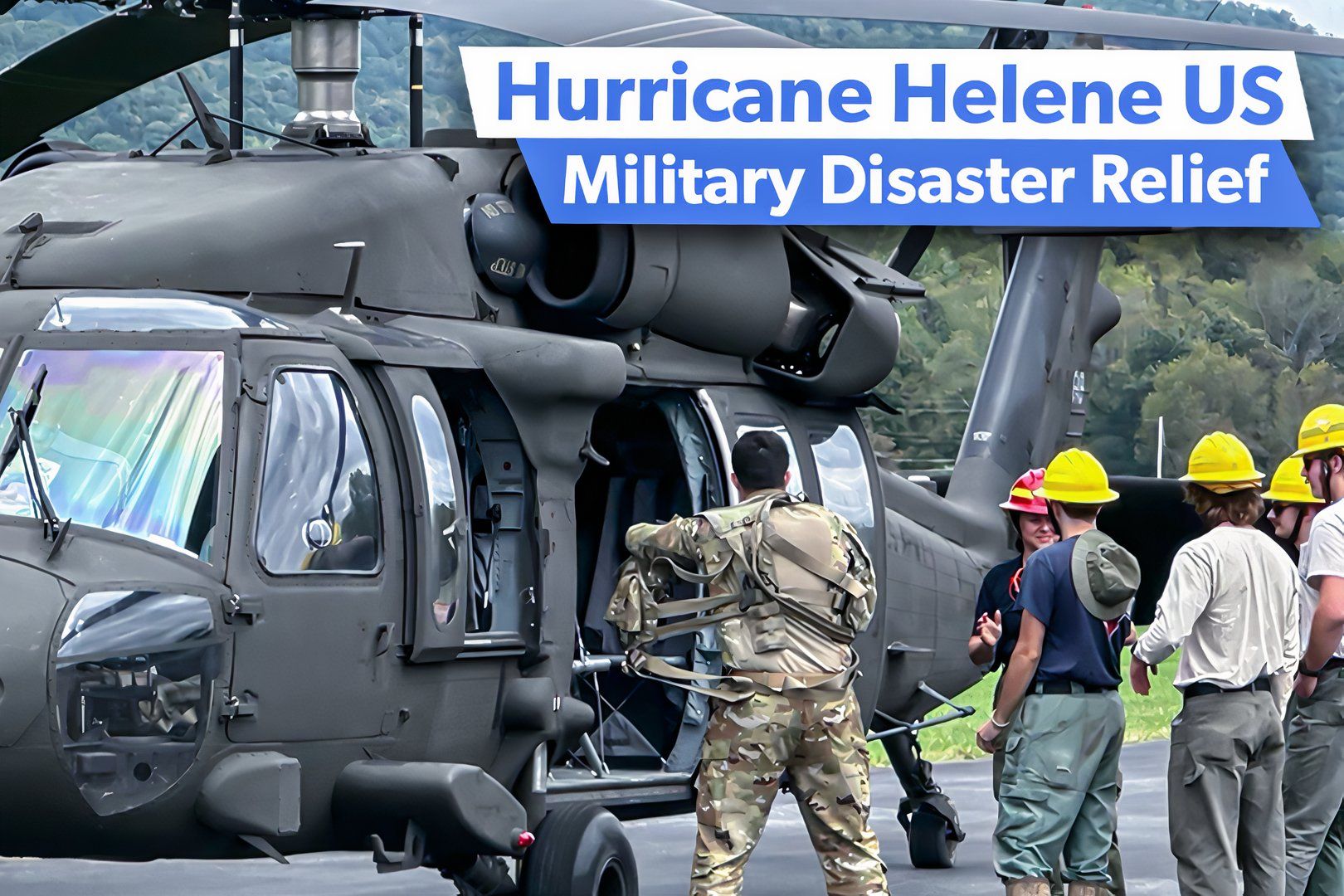
Related
Hurricane Helene: The Role Of US Military Aircraft In Disaster Relief
In the aftermath of Hurricane Helene, the US military and the National Guard deployed aircraft to deliver aid and rescue survivors.

